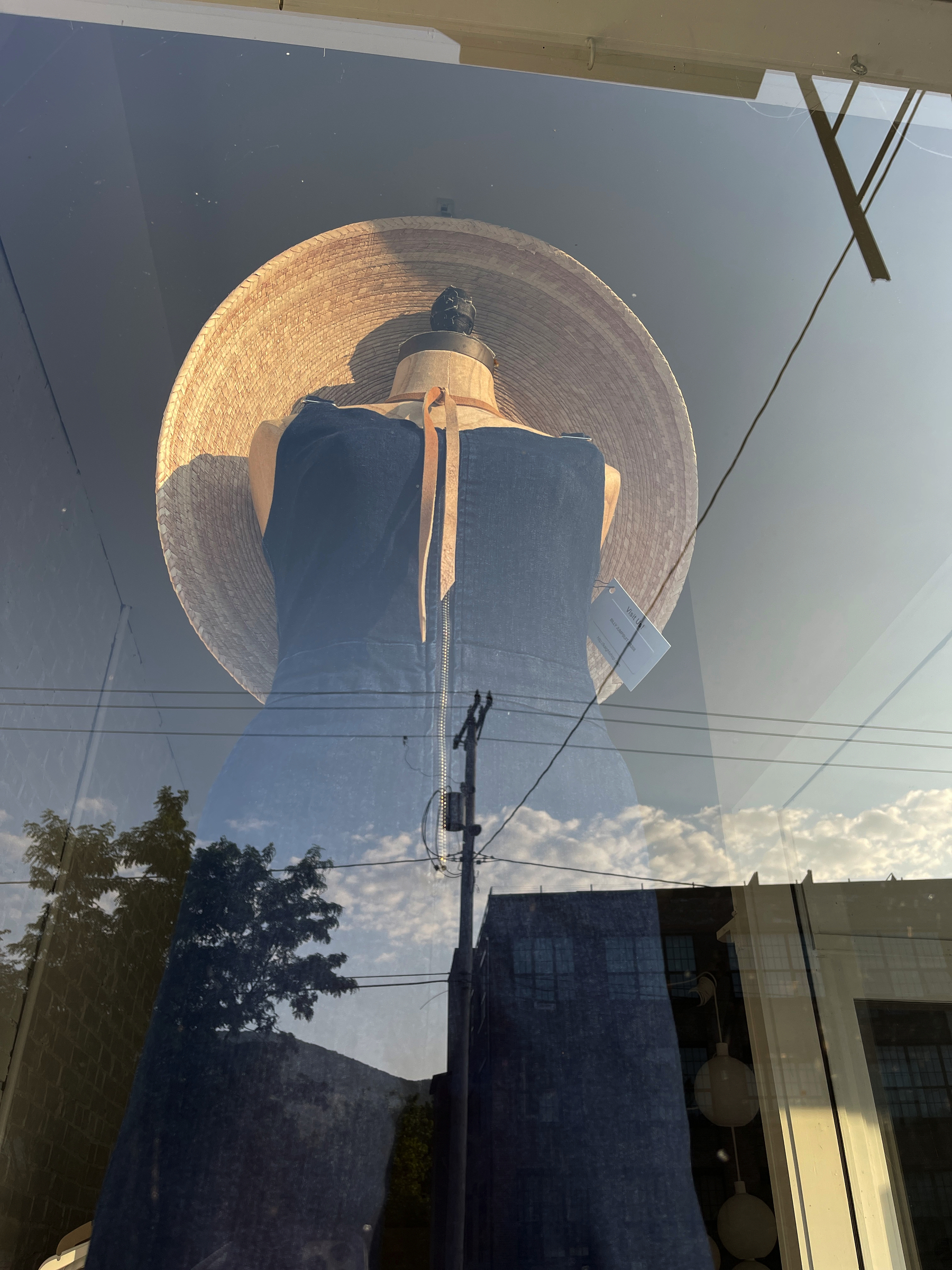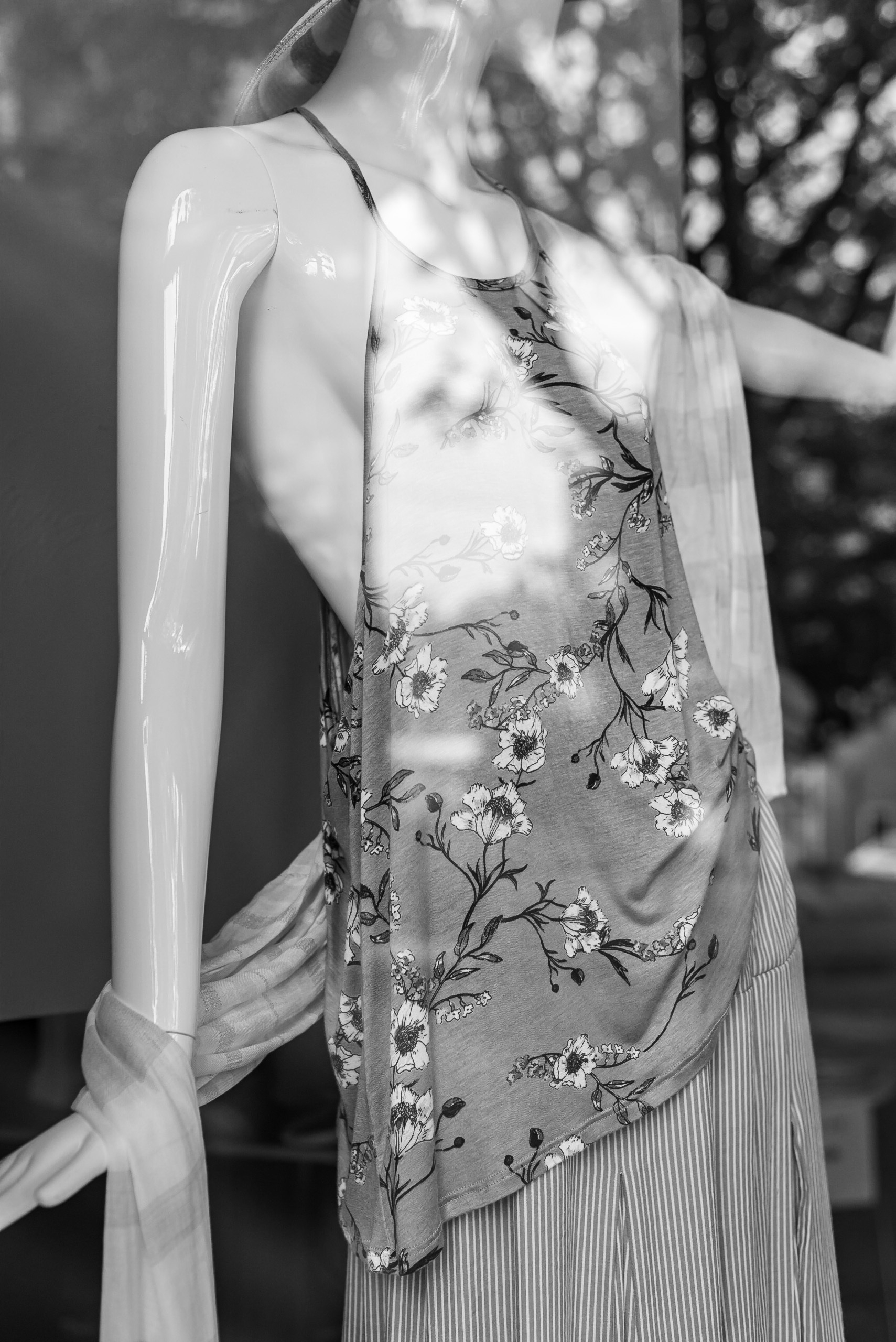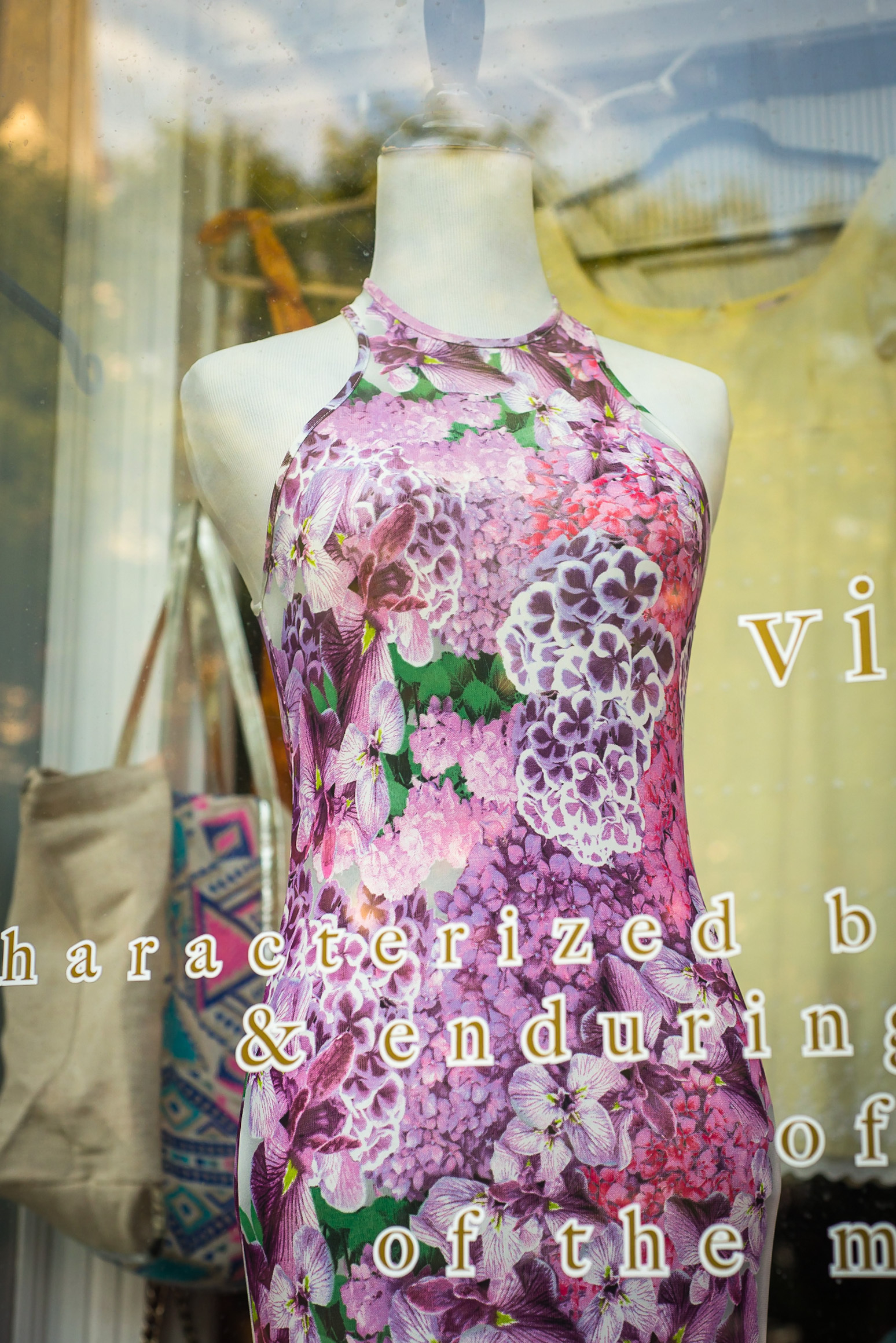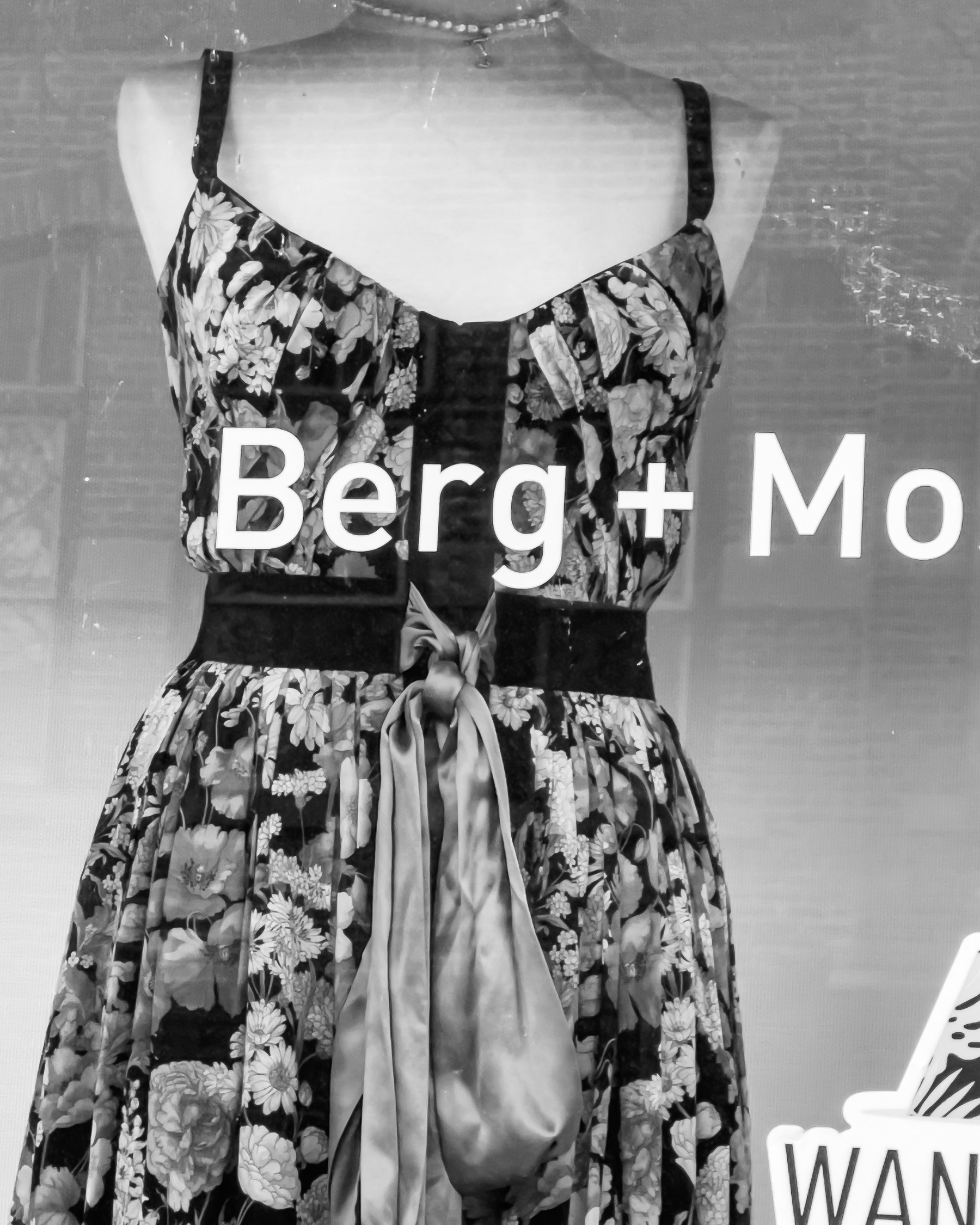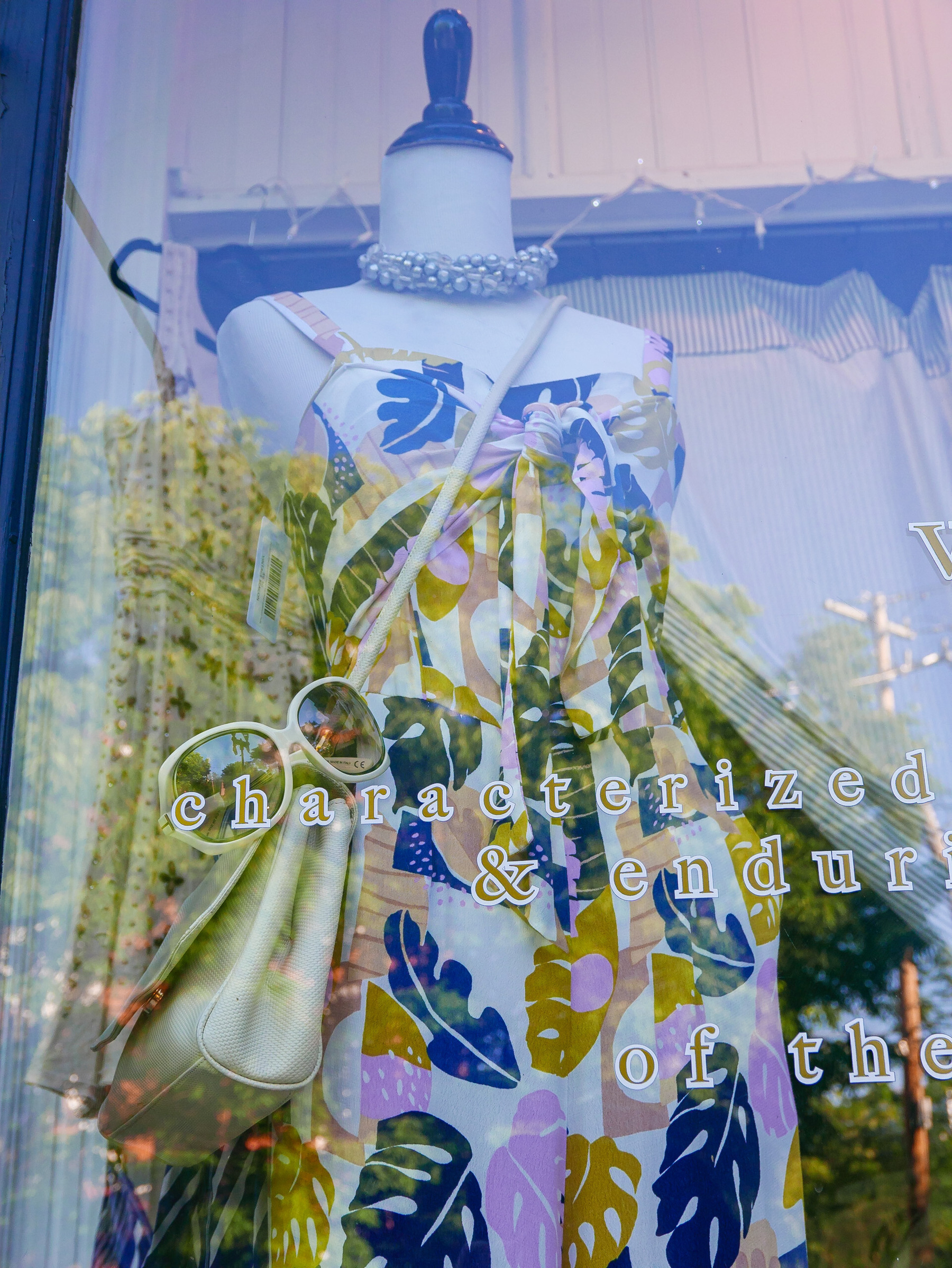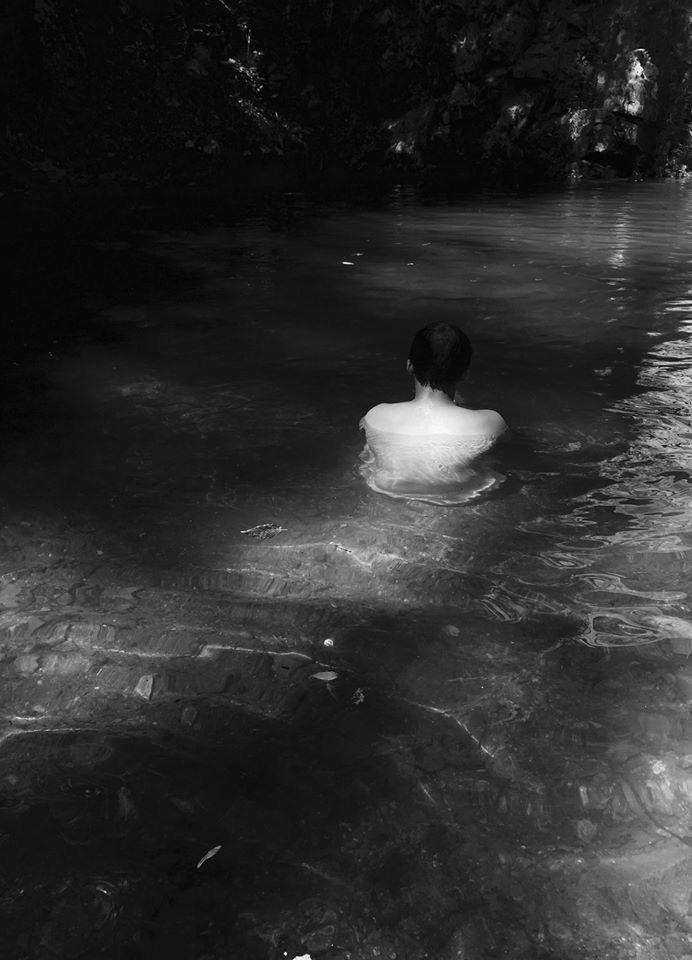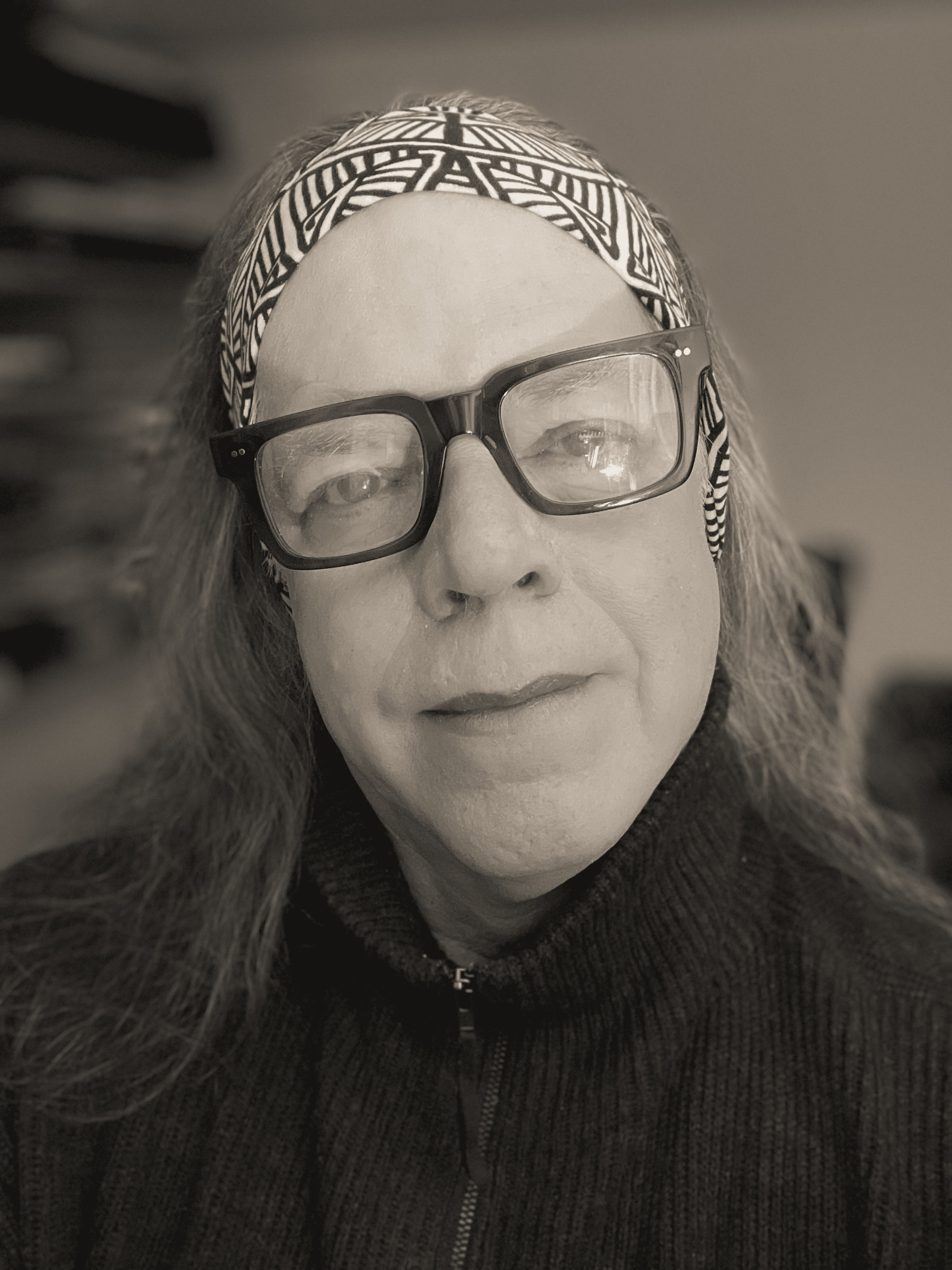
Whatever calls you, whether it’s the ocean or art or family or democracy, isn’t out there. It’s inside you. Like all the cycles and rhythms we describe in this book, it comes and goes, accelerates and decelerates, falls away and rises again. Like a tide, inside you.
— from Burnout, by Emily Nagoski, Amelia Nagoski
I am assembling an outfit to express feminine me. I am building it around a lovely “Petrol/Teal” funnel neck sweater dress. I have spent hours on the internet shopping for accessories to go with it. The right shoes, the right leggings, the right pair of socks, the right bracelet. Masculine me settled on a basic uniform years ago. Black crewneck long sleeve t-shirt, black slim leg jeans, Hoka sneakers, black leather belt with silver buckle, grey or black over the calf socks. Masculine me isn’t into makeup and is happy with a five day stubble.
Feminine me is tossing masculine me’s uniform aside. Boring! She has brought purple, magenta, blue/green, and blue into the mix. Her preferred clothing purveyors are J. Jill and Poetry. She likes contemplating questions like, what color lipstick looks good on me? Should I get purple highlights in my hair? Should I get my brows done? What sort of eye makeup should I wear? She reads articles on hair styles, makeup tips, facial cleansing and moisturizing routines. Masculine me doesn’t seem threatened by this development. He seems, if anything, a bit amused, and quite willing to sit on the bench while feminine me blossoms, though he’s prepared to step forward if circumstances warrant it.
This makes it sound like I have split in two. That’s not how it is. My masculine and feminine are a continuum. They coexist in a yin-yang sort of way, moving to the front and back again in a fluid dance of gender expression.
It is hard to describe the feeling of letting my feminine flower. It is often intense. When I first started wearing lipstick. When I first wore a dress. When I first did these things in public. Each of these moments came with feelings that washed through me, sometimes as a gentle wave, sometimes in a raging torrent. Do you remember how it feels to fall in love? That’s how it’s feeling to me to get my feminine on. It’s scary too. I know some people won’t understand.
It is tempting to view this as “coming out of the closet,” but I haven’t been in a closet in any kind of difficult or conflicted way. It’s just that sometime during the past year, feminine me started asking for more space to be. In my mind. On my body. Amongst my community. I am lucky to have the luxury of giving her that space.
In retrospect, I can see she has been with me from the beginning. Michael, until the 1990’s, could be a boy or girl’s name. That means that from the day I was born, room was made for feminine me, in my name. I have always been Michael, never Mike. Mike is the Marlboro man as far as I am concerned. I have never wanted to be the Marlboro man. Perhaps the death of my father, an overbearing patriarchal figure, set her free. Perhaps being at a stage of life where I don’t really have to care what people think helped too. Perhaps, even, she sees that now is the political moment to smash the patriarchy.
I don’t know where feminine me is taking us. All I know is that she is presently at the wheel and determined to immerse us in the feminine.
This post starts with a quote from the book Burnout. It was revelatory to me when I read it. It helped me realize that my meaning-core is calling me to a hero’s journey to the divine feminine. I will read about her. I will write about her. I will make art about her. I will express her. Connecting with her will be the touchstone of my being for a while.
Joseph Campbell claimed that women had no need to undertake the hero’s journey because they were already in the place where that journey winds up. This seems to me to be a conflation of biology and gender, as well as a failure to understand the masculine-feminine continuum. The hero, Marlboro Man, and the divine feminine, Marilyn Monroe, are the yin and yang of Western Civilization. The divine feminine is not the goal of all hero’s journeys. And I believe that women often have need to undertake the Hero’s journey which may return them to the divine feminine or not. All men and women are capable of being the hero or the divine feminine. We need more women undertaking hero’s journeys and many more men connecting with the feminine divine.
May the divine feminine receive us all warmly and shepherd our growth. May we be among her many beacons of light to a world so desperately in need of her.
